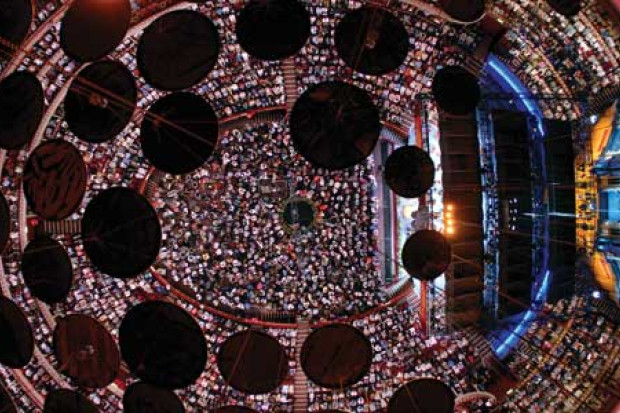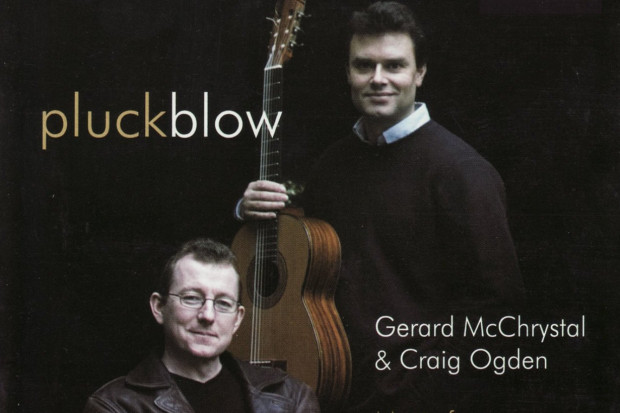Live Reviews: Phill Niblock
Crash Ensemble, Trio Scordatura, Susan Stenger (flute)
Temple Bar Galleries, Dublin
23 April 2008
This concert of music by Phill Niblock – the ‘forgotten minimalist’ – had the feel of a ‘happening’, spread out over the four back floors of the Temple Bar Galleries, a throwback to the 1960s, Andy Warhol-esque experiences with film projections. Niblock has disciples and acolytes, and was interviewed by one, Bob Gilmore, beforehand. To say that Niblock was reticent would be an understatement. His answers were as uncommunicative as his music.
Niblock’s music seems to have varied little over nearly 50 years: drones amplified loudly reverberate and reflect from the surfaces that contain the performance, creating certain acoustic effects that vary as the listener walks through the space. Niblock pre-records the drones using live musicians, then edits out their breathing spaces to create a dense sound mass. For this performance he used pre-prepared recordings, augmented by live preformances from the Crash Ensemble, Trio Scordatura and Susan Stenger, all of whom attempted to connect with the static harmonies. This is interesting in theory, and for a while it is, but the relentlessness and length of the pieces became wearisome. In fact, the introduction of the ‘live’ musicians, despite watching them start to play and stop, seemed to have no effect upon the musical edifice created. This is Niblock’s intention and the musician’s ambition, but to me felt pointless, like trying to touch someone you love behind glass.
At the beginning of his career Niblock did the editing by hand, on tape, creating artifacts that were certainly technically impressive. Since 2000 he uses ProTools, utilising up to 32 tracks to create incredibly ‘thick’ pieces. Niblock warns, ‘I try to make pieces that don’t have development’, and with running times of 15, 19, 32, 23, 25 and 24 minutes respectively, the listener must take notice. Cage said: ‘In Zen thay say: If something is boring after two minutes, try it for four. If still boring, try it for eight, sixteen, thirty-two, and so on. Eventually one discovers that it is not boring at all but very interesting.’
That said, many around me seemed transported by the drone, sitting with eyes closed in a trance-like state. But for me, there is something uncompromising and 1968 about all this, which is perhaps to be admired, but is also a little alienating in the consequent century. Niblock’s creations are true to themselves, but are autistic, not interested in their listener.
‘A tribute to the profound mystery of acoustics – and perhaps to the wine we had been drinking,’ wrote Tom Johnson in the Village Voice in 1972. Stone cold sober perhaps there are reasons why Phil Niblock is the forgotten minimalist.
Published on 1 July 2008
Seán Ó Máille is a freelance critic, photographer and full-time secondary teacher in Dublin.














